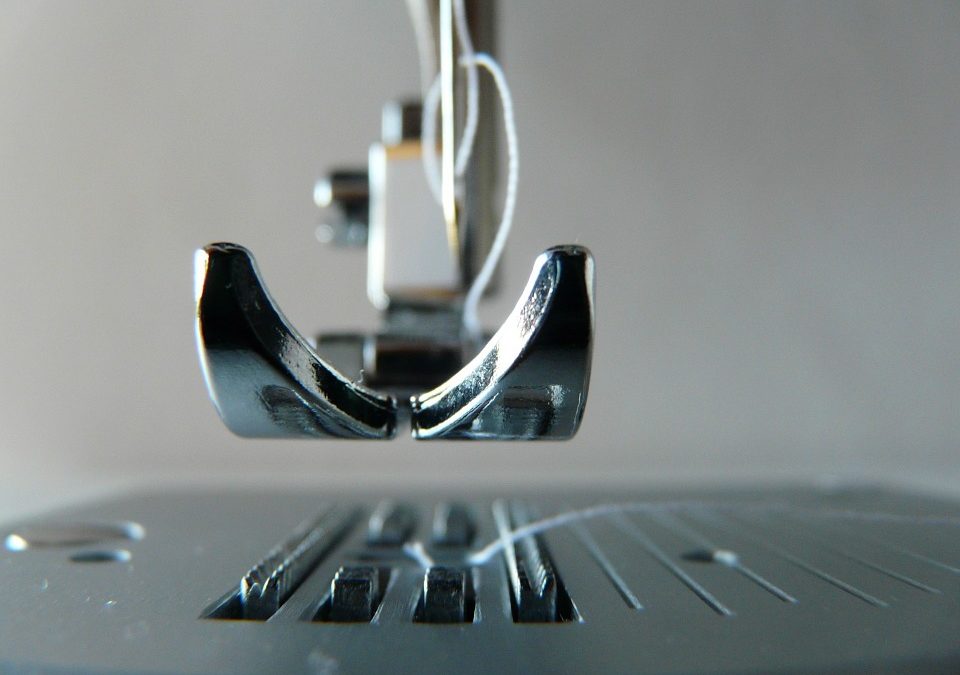When starting out as a beginner in the world of sewing, machine terminology can be overwhelming. We’ve put together this quick guide to give you the rundown on the different types of sewing machine feet, alongside handy tips and tricks of how and when to use them.
All-purpose sewing foot
This is the standard sewing machine foot that your machine will have come equipped with. A forward-running foot that works alongside your machine feed dogs, the all-purpose sewing foot works well for most sewing projects, particularly for mastering sewing skills and garment making.
Free-hand embroidery foot
A free-moving foot that allows you to achieve a flowing motion with your machine needle, an embroidery foot is perfect for creating precise embroidery on your fabric. Sometimes called a darning foot for its suitability to darning, a free-hand embroidery foot essentially allows you to ‘doodle’ with your sewing machine to create unique decorative details. Just remember to lower your machine’s feed dogs before you begin as this will allow you to achieve a free-flowing motion.
Applique foot
A wide, short-toed foot that allows the use of your machine’s maximum stitch width, an applique foot enables a precise, controlled finish. Indented to allow your fabric to glide beneath the needle without snagging or gathering, an applique foot lends a professional finish to your work. Applique is a great way to personalise your sewing projects, with the applique foot ensuring you can turn the needle around those all-important corners and curves. For many sewers, an applique foot is an essential accessory for mastering patchwork.
Walking foot
Equipped with an extra set of feed dogs for maximum grip and control, the walking foot feeds your fabric through the machine’s needle at a steady pace. For many sewers, the walking foot is the perfect accessory for quilting due to its steady, consistent line-work and ability to handle thick, bulky fabrics.



